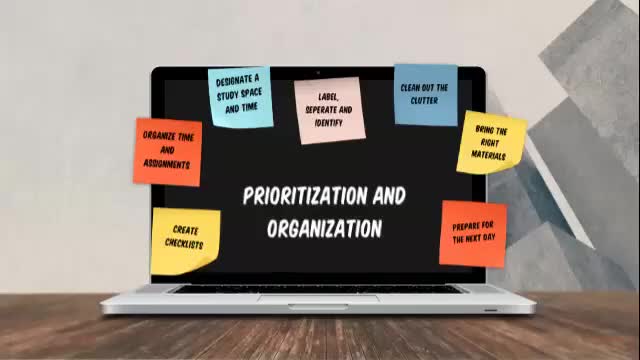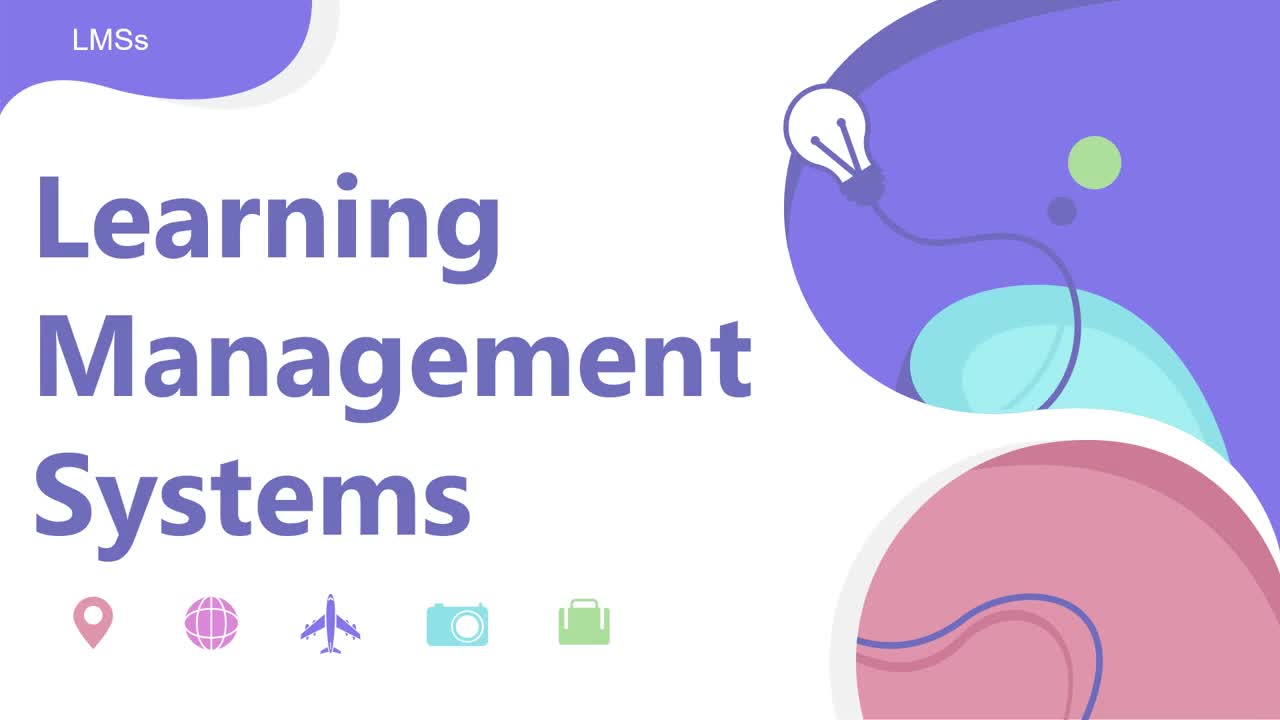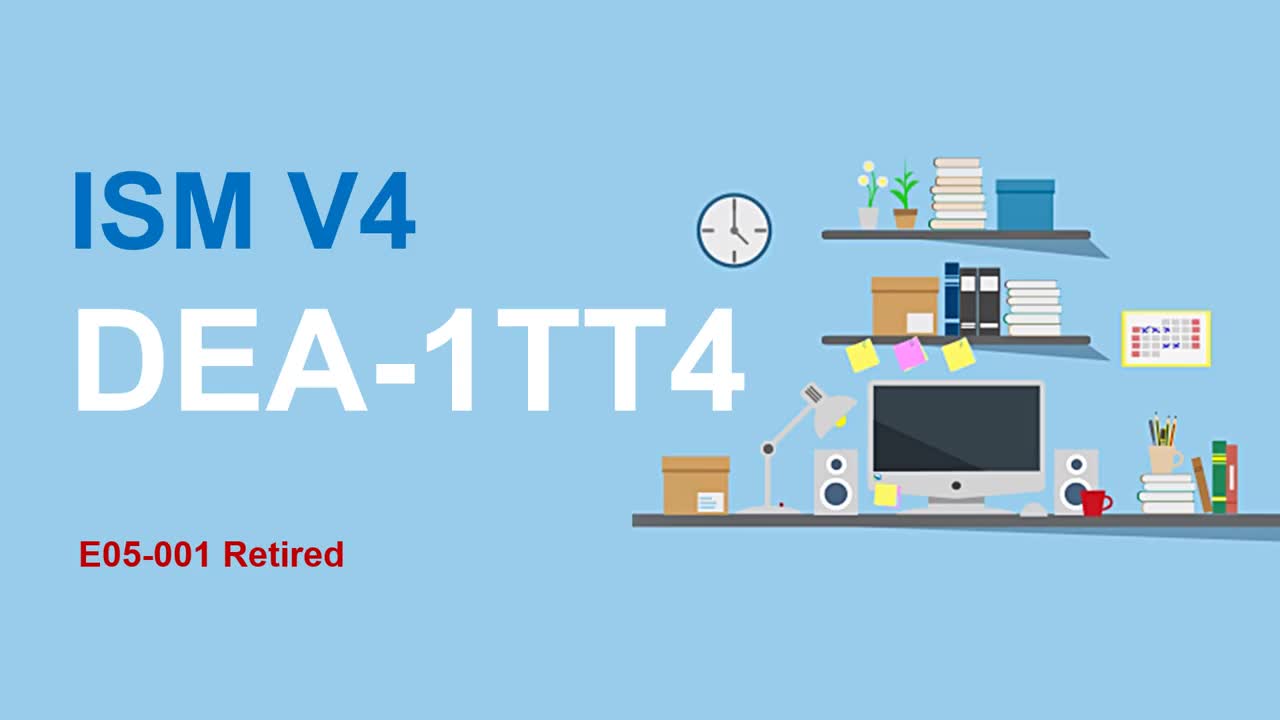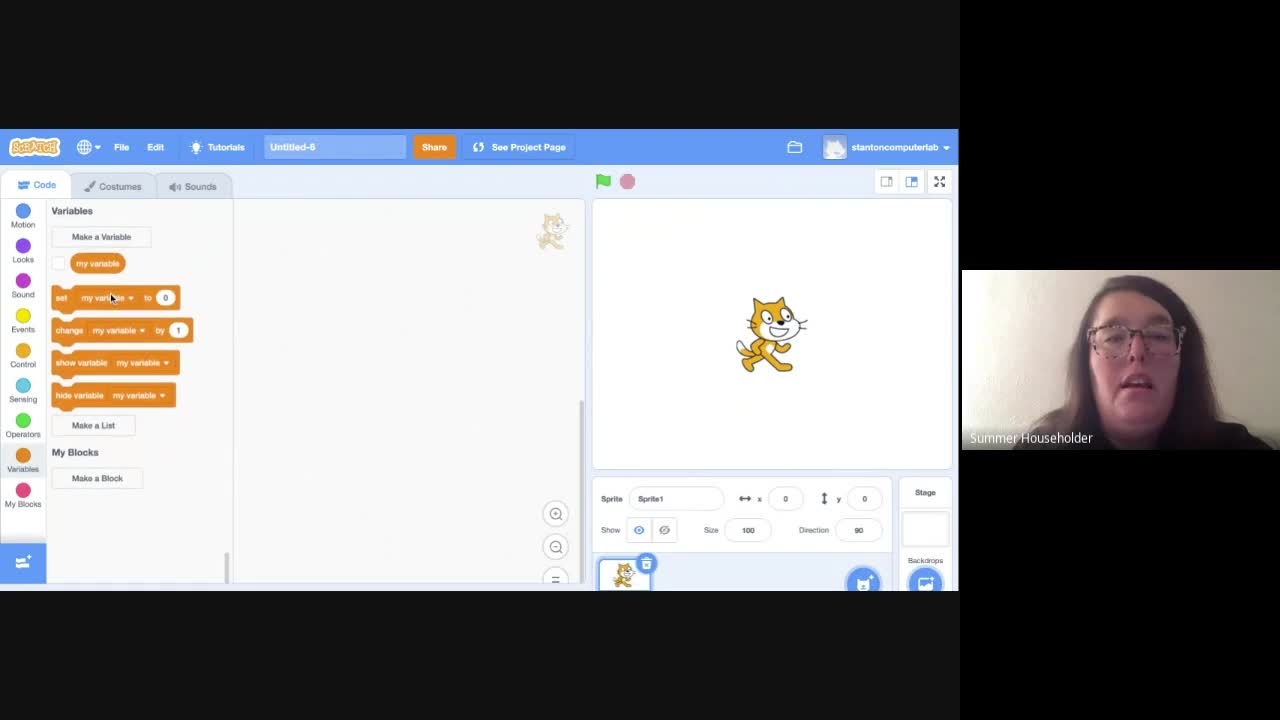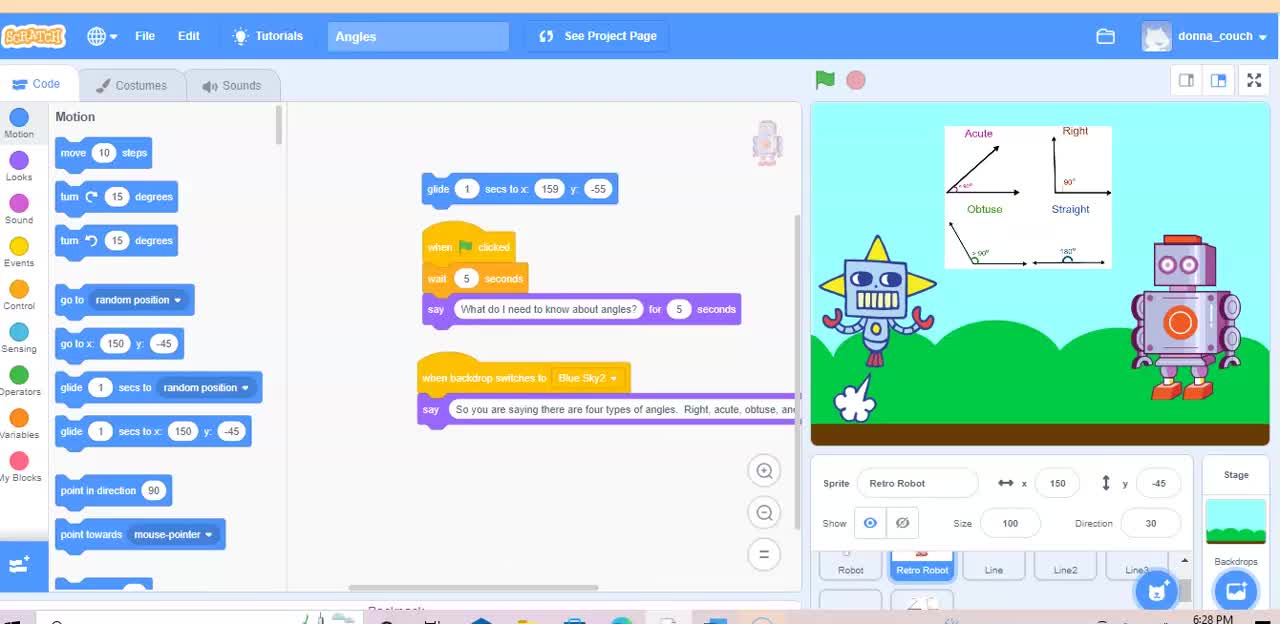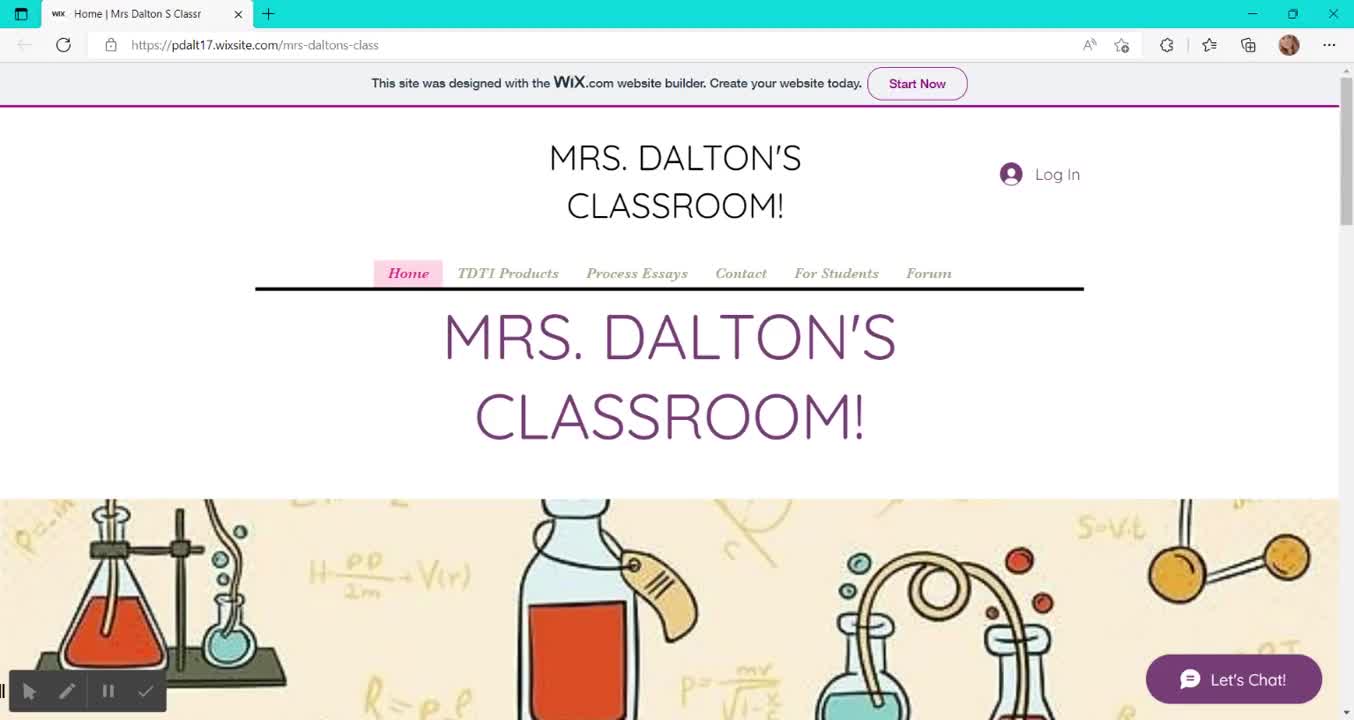The Teachers Guide to: Classroom Management
College and University / Business / Business Management
Classroom management sets the foundation for a fun and engaging classroom. This video - created for first year teachers and other educators looking to refine their skills - quickly covers many classroom management skills. I want you to enjoy teaching your students and look forward to the time you spend with them in the classroom. As always, please ask questions and make requests for future videos.
Casandra Delaney has specifically put together this video to help first year teachers as well as those battling to keep control of their classrooms. Having taught in an inner city school right out of college, Casandra went home many days distraught and discouraged as a result of what she faced from her students.
She later learned that it all stemmed from poor class management. She gives you some insight on how to properly manage a classroom through having; procedures, rules, expectations, quiet signal, and a de-escalation plan.
She gives advice on how to handle behavior outbursts, when an office referral should happen, letting the students face consequences and the importance of being careful with one?s words.
Her advice: Plan for everything! Let us briefly go through each of the aspects that she handles: Procedure, Rules, Expectations, Quiet signal, De-escalation plan, Behavior outbursts, Office referrals, Consequences, and Careful words.
Procedures: Let the students know what you would like done in your classroom. Things such as what to do when a student wants to visit the restroom are very key. What should they do? Should they interrupt the class or raise a certain hand? What voice level is acceptable? How should they hand in their assignments? She gives some examples based on her experience.
Because procedures are very lengthy, she advises that students are given at least two weeks of school to master them, plus a deadline. After the deadline has passed, the students who violate procedures should face the consequences. Try to teach these in a way that is fun and engaging through games such as BINGO. The goal is to teach the kids to be accountable, and this needs to be done in a way that is supportive and reassuring.
Rules: Casandra doesn't necessarily set rules for her class, however, what she does is to have the kids come up with a social contract in which they make the rules and determine the quality of classroom they would love to have. Usually they end up coming up with the same rules she would have set in the first place. This method gives the kids a sense of ownership.
Expectations: These are much harder to define since they are situational, and vary from day to day. They should be explicit and the students should know your expectations for each activity. A lot of teachers use the acronym called:
C -- Conversation- Can they talk? How loud?
H -- Help- How will they ask for help?
A -- Activity- What should they do?
M -- Movement- Should they move or stay in their seats?
P -- Participation- How will they show they are participating?
S -- Success- what does success look like?
By setting expectations your students will know how to meet your expectations and the lesson will be more successful.
Quiet signal: She highly recommends the use of a quiet signal. Your may have a wonderful lesson planned, but if you cannot get the kids attention, they won't understand you. There are thousands of signals and you can get as serious or as goofy as you like, but the essence is to get the kids attention- not screaming over them!
De-escalation: Kids will get upset and display emotion. This could be because of something that happened to them earlier in the day or during class. When this happens, you need to have a plan. Disrespectful behavior outbursts were some of Casandra's hardest moments as a first year teacher, and she took them personally. She would later learn that they had nothing to do with her, and everything to do with a student's reaction to what was going on with them. Try not to talk to kids when they are heated and don't take it personally.
Office referral: If you do not have a plan in place and something happens, you are going to refer to an administrator, and a lot of first year teachers do that. However, when you call an administrator to your classroom, you are essentially sending out the wrong signal. You are effectively saying that you can't handle what's going on, and this makes you look weak rather than the authority figure you are supposed to portray.
Consequences: While addressing consequences, keep in mind that kids view many things as consequences. Things such as being called up to the teacher's desk and being redirected in front of the class are first level consequences. You need to have a tier approach to consequences, so that as the kids continue to do those things are they are not supposed to do, you move up the tier and in the end refer to the administrator.
Careful words: When giving consequences, make sure that when you say it, you mean it. Do not take power out of your words. Never raise your voice. When you do, you have lost control of the classroom. Be the adult in the room. Be fair. Be strong. Be loving. Be kind. Model respectful behavior.
Don't forget to look or help when you need it. Your first year of teaching is an uphill battle; your second will be much easier. Lean on veteran teachers and get help whenever you need it!
